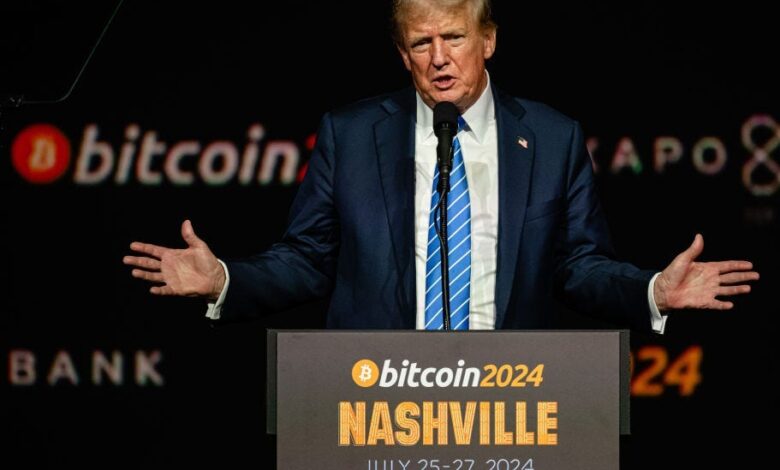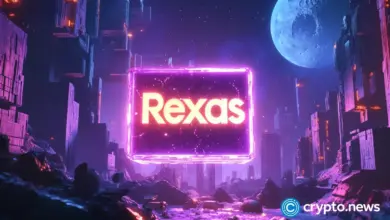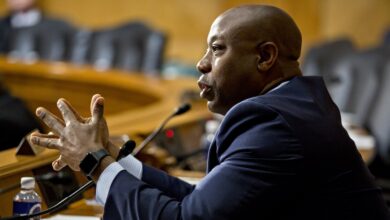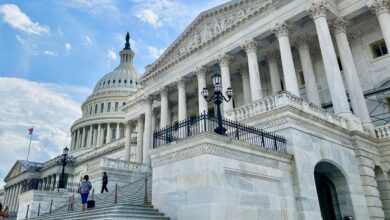Crypto Industry Reacts to Trump’s Digital Assets Executive Order

- President Trump signed an executive order promoting digital assets this week.
- The order will create a working group to recommend regulatory and legislative proposals.
- The market is bullish on the development even as it provided only a small update on a crypto national reserve.
The crypto industry finally received a long-awaited order from the Oval Office this week.
On Thursday, President Donald Trump signed an executive order for a clear regulatory framework and pro-crypto legislation. While the order was somewhat of an incremental update on the administration’s backing of the industry, industry insiders told Business Insider that it is a step in the right direction for a market eager for more robust government support.
“The executive order, as a whole, is mostly aspirational and symbolic. But the direction it points, I think, is quite bullish,” Zack Shapiro, head of policy at the Bitcoin Policy Institute, told Business Insider. It reaffirms, at the very least, that the administration wants to do what it can to help US digital assets.
So what does it do? At its core, the order establishes a working group to recommend legislative proposals within 180 days. That includes a regulatory structure bill needed for crypto startups to onshore, Shapiro said. The group will recommend stablecoin legislation and explore the potential for a digital assets stockpile.
While crypto investors likely hinged hope on more forceful and immediate policy action, BQ9 co-founder and CEO Irinia Karagyuar noted the assessment-driven approach is a good sign, showing a deeper understanding of the industry.
Investors still gained something in the short run, as the order moves the crypto narrative away from “compliance by enforcement,” Karagyuar told BI. That’s a reference to the hardline regulatory approach pushed by the Securities and Exchange Commission under former chair Gary Gensler, and many have blamed the heavy-handed approach for causing crypto businesses to flee the US.
“While not explicitly mentioned in the executive order, we can expect that ‘the development of a Digital Bill of Rights’ — as promised as well in the campaign — will be a crucial component of the set of recommendations in the final report,” Karagyuar added.
Other insiders were especially excited by the focus on stablecoins, or tokens pegged to fiat currency.
“This is hugely significant,” James Brownlee, co-founder and CEO of Harbour, wrote over email. By putting government support behind these coins, it will make the US dollar a dominant force in the sector, and pressure other governments to follow suit.
Shapiro noted that supportive stablecoin law in the US could do much to deepen crypto’s integration into the traditional financial system. The stablecoin Tether has become the most profitable per capita company in the world by issuing these tokens, and then using those funds to buy US Treasurys. It’s a strategy Wall Street firms likely want to get in on, he said.
While the order is opening up a new chapter for US digital assets, there’s some hazard in what the order implies.
“The crypto industry’s response to Trump is and will be risk-on, full-on,” Viktoriya Hying, co-founder and COO of NPC Labs, said. “This means that, yes, the apps that investors use to interface with the industry will likely feel more comfortable exposing investors to risk, both in the tokens they offer and the products they provide.”
However, the biggest piece of the puzzle for bullish investors — the establishment of a national bitcoin stockpile — was light on concrete details. The muted response in the price of bitcoin after the order was announced may be because Trump’s decree didn’t indicate the government would be a buyer of bitcoin as many crypto insiders had hoped. Instead, it said a working group would assess the potential for a stockpile “potentially derived from cryptocurrencies lawfully seized by the Federal Government through its law enforcement efforts.”
Without the order, crypto pros feared the market was at increasing risk of a deep sell-off, as investors grew disappointed by the lack of policy announcements.
Bitcoin was up about 1% on Friday, trading at $106,653.



